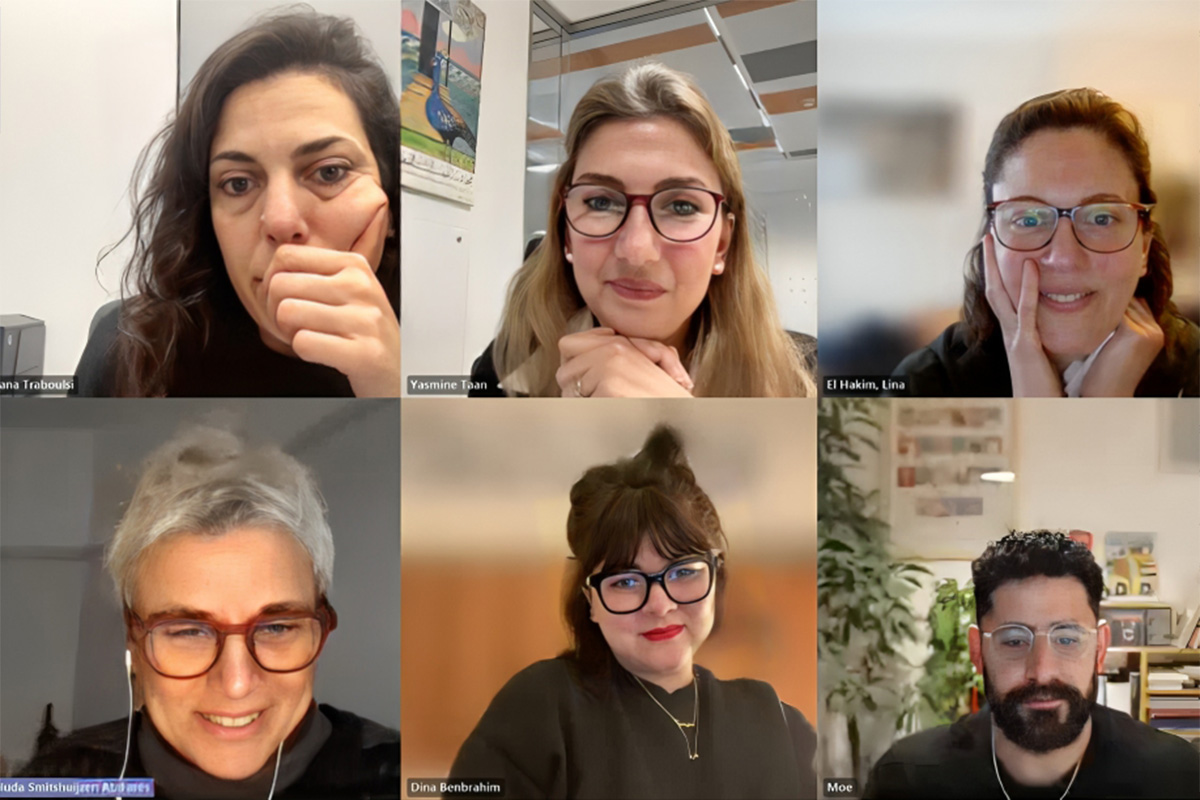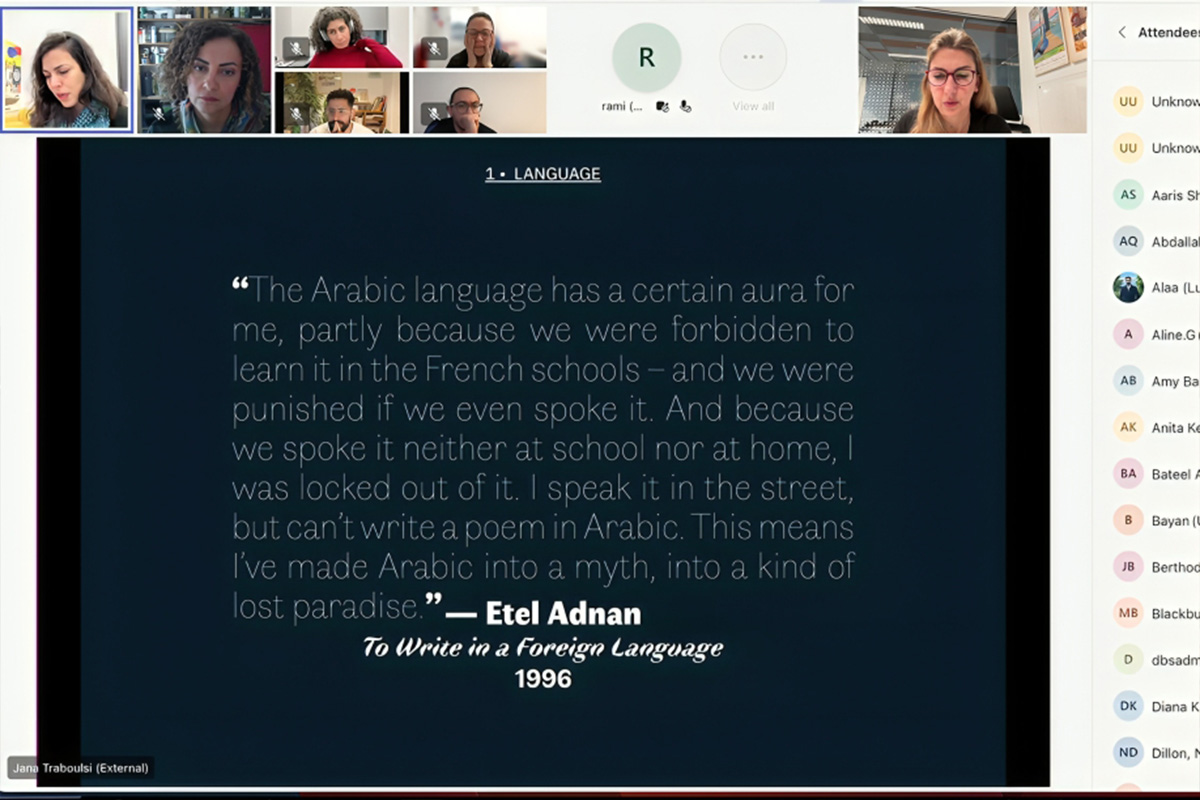Revealing Colonial Shadows in Arab Graphic Design Education
LAU and Kingston University prompt critical discussions on confronting colonial influences in Arab graphic design.
In an era where the colonial legacy still looms large over many aspects of education and practice, the world of graphic design is no exception.
In a recent symposium organized by Associate Professor at the School of Architecture and Design and Director of the Institute of Art in the Arab World Yasmine Nachabe Taan and Senior Lecturer at Kingston University London, former LAU Lecturer in Graphic Design, Dr. Lina Hakim, a discourse unfolded on the long-standing colonial influences shaping how graphic design is taught and practiced in the Arab world.
Titled Teaching Graphic Design History in/of the Arab World: Narratives and Practices, the two-day symposium, from February 29 to March 1, represented a collective investigation by scholars, educators and practitioners from both universities into the dominance of Eurocentric perspectives in graphic design history.
At the heart of the discussion was a rallying cry for a more inclusive and equitable approach to graphic design education in the Arab world. Dr. Taan stressed the need to link design practice with cultural heritage and understand one’s cultural context to craft design solutions that truly resonate and make a difference.
The event also delved into the hurdles that impede researching and documenting the history of Arab graphic design, such as restricted access to archives and the pervasive marginalization of non-Western viewpoints. Such obstacles have hindered efforts to uncover and preserve the region’s design heritage.
The inaugural panel featured presentations by Dr. Taan, along with Assistant Professor of Graphic Design at the University of Arkansas Dina Benbrahim, Associate Professor of Design at the American University in Cairo Haytham Nawar, and Founding Creative Director of The Khatt Foundation Huda Smitshuijzen AbiFarès.
On the second day, the lineup of speakers comprised Co-founder and Creative Director of Pan-Arab Quarterly Bidayat Jana Traboulsi, Founder of Design Repository Moe Elhossieny, Assistant Professor of Graphic Design at Virginia Commonwealth University School of the Arts in Qatar Basma Hamdy, and Teaching Assistant at Rutgers University and former LAU Lecturer Lara Balaa.
In a statement, Chair of the Department of Art and Design Chahid Akouri noted the importance of incorporating narratives from marginalized communities into the curriculum and challenging the traditional focus on white-centric design history. “It’s essential to consider approaches to the study of graphic design and the Arab world with a focus on the cultural, social, linguistic and historical context of the region,” he said.
Dr. Taan also advocated for designers to engage in rigorous research and writing and understand that “good design is grounded in intellect and thoughtful analysis,” she said.
“The goal of the symposium,” she added, “is to invite designers and students to do more research on their work and chart a new course for the future of graphic design in the Arab world.”
Exploring practical strategies to promote inclusivity in design education, presenters urged educators to adopt a more critical and creative approach to teaching design history by questioning dominant narratives and embracing diverse perspectives. This can be done by centering marginalized voices and challenging colonial frameworks.
“Through this,” commented Dr. Hakim, “we hope to foster a more equitable and empowering learning environment for future generations of designers.”
Students need to be introduced to the richness of Arab design and heritage in this discipline, said Dr. Taan. “Discussions on how to transition from traditional calligraphy to modern typography, for example, should be amplified, given that a delicate balance is required to modernize Arabic script while preserving its rich heritage.”
“Talking about this makes the acknowledgment of cultural nuances in design processes all the more important,” she said.
In light of this, institutions and practitioners committed to advancing discussions and collaboration on such topics. Attendees even expressed interest in making the symposium an annual occurrence to promote interdisciplinary conversations and knowledge-sharing in academia.
Looking ahead, Dr. Taan and Dr. Hakim are exploring avenues for publication and further collaboration. According to Dr. Taan, the event’s success sheds light on the potential for design education to “transcend geographical boundaries and foster a deeper understanding of cultural identity in graphic design.”

